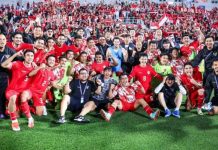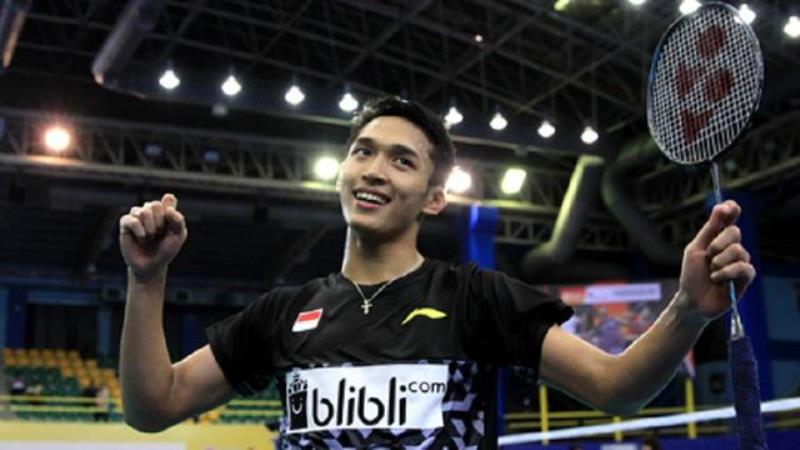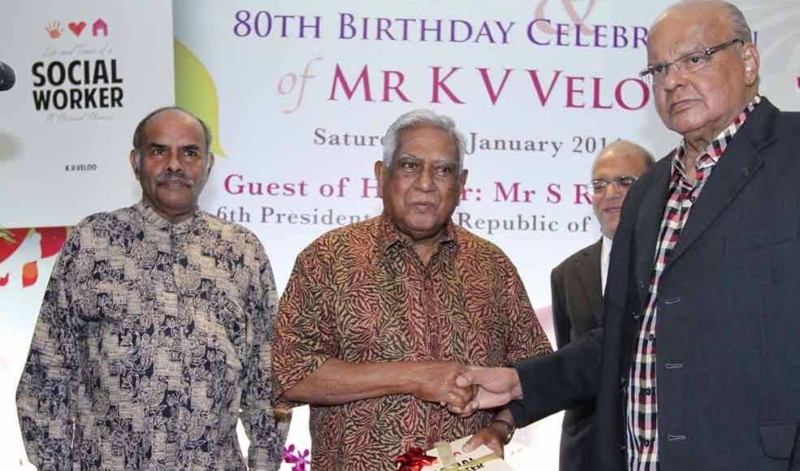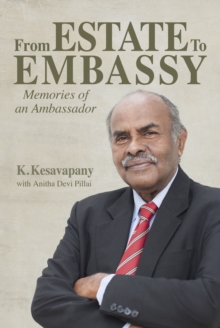 HIS 190-page biography as one of Singapore’s most illustrious diplomats will be out this Friday. Of an awesome tale of a Malaysian-born estate lad from Pahang who rose to be Singapore’s High Commissioner to Malaysia, in his final diplomat posting in the mid-1990s.
HIS 190-page biography as one of Singapore’s most illustrious diplomats will be out this Friday. Of an awesome tale of a Malaysian-born estate lad from Pahang who rose to be Singapore’s High Commissioner to Malaysia, in his final diplomat posting in the mid-1990s.
It’s like a kampong-fairytale of a plantation lad, born November 4 1936, who nurtured six goats to provide milk for the family. He later crossed over the Causeway, after graduating from the University of Malaya and became a Singapore citizen and rewrote an amazing account of a rags-to-riches lifestyle.
Kesavapany, over 20 chapters in his book, poignantly titled “From Estate to Embassy” and co-authored with Dr Anitha Devi Pillai, covered every bit of his 82-year life, written from the heart, without fear, favour or fun.
Point-blankly, he addresses every political, social, community and diplomatic issue that’s fertile in his mind as a career diplomat who covered Australia, Turkey, Switzerland, Jordan, Indonesia, Russia, Britain and Malaysia, for close to half-century.
SPORTSBEAT AT HEART
But a self-confessed golf fanatic, sports have always been close to his heart but a significant sporting milestone of his career, was in turning around the Singapore Indian Association (IA), one of the oldest sports and social institutions, with a distinctive track record in cricket and hockey.
Situated along Balestier Road, it’s an Indian-origin organisation with a long history, having been founded in 1925. It has a glorious past, with visitors like Nobel literature prize winner Rabindranath Tagore and India’s first Prime Minister, Jawaharlal Nehru, who visited it thrice and laid the foundation stone of its building.
But as the story goes and as years went by, the club lost its academic focus and social direction. There were taxes and debts to be paid and the building was run down. It had also acquired the reputation of being a drunkard’s club.
The close family-spirited bondships were evaporating as presence at the nocturnal bar appeared to gave way to longer-term goals of welfare and integration, for example, and there some die-hard supporters of the association, especially centenarian M. Bala Subramanion, the first Asian Postmaster General of Singapore, who never gave up hope,
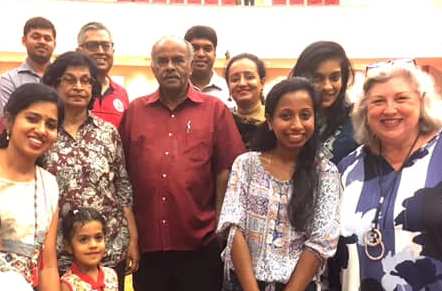
TO GET COMMUNITY BACK
They raised the white flag and convinced Kesavapany, fondly known as Pany, to step in. He did, and along with then IA president Eddie Raj, began a serious turnaround of the association.
“An organisation with a 94-year-old history, it needed to be revitalised. We renovated the club and slowly got the community back. Because of the vacuum created by IA, Sinda had to be created. IA used to look after the interests of Indians here till then,” recalls Pany.
The serious spadework started in rebuilding IA’s image with a community-orientated strategy, to lure in the Indians, home-bred and the Indian foreigners, to foster a positive integration.
For example, IA had a welfare fund, which was set up more than 50 years ago with the aim of repatriating Indian indentured labour. Now that such a need doesn’t exist, Pany and his team converted it into a fund to provide bursaries for needy students.
But there were other Indian NGO setups doing that. Pany recalls: “So we felt we should go to the aid of people who are in danger of falling through the cracks. We created a programme called ‘Helping people from falling through the cracks’.”
More critically, cricket, the No 1 sport in India, was used as an enticing medium to integrate the Indian community, especially the growing expatriate population to a club, which in the 1990s and early 2000s, ranked as the leading cricket entity.
Under his watch, the club, in Pany’s words, “largely succeeded in its goal of being involved in the areas of intra-community and inter-community integration through sports”.
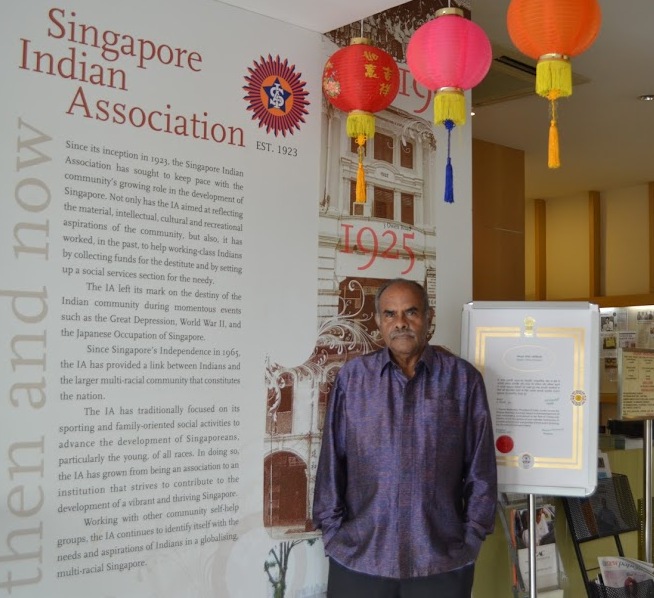
NEW SPORTING FLAVOUR
With the help of multi-national companies like Olam and the State Bank of India, IA organised the Olam Cup and held the National Day Sixes Sports Carnival, featuring cricket, football and hockey tournaments.
Now even at Sinda, Pany continues to have a rising repute for social and community work. He is part of the Indian Community After Care Council, run by Sinda and the Hindu Endowments Board.
For his eight-year tenure as IA President, significantly turning the club around, IA was awarded the prestigious Pravasi Bharatiya Samman Award (PBSA) on January 9 2017, at the Pravasi Bharatiya Divas in Bengaluru for its contribution to the Indian community in Singapore.
Pany went to Bengaluru to receive the award from the then-President of India Pranab Mukherjee.
He says: “Getting this award means a lot to us. It is a recognition that IA is the nodal point for the intra-Singapore and inter-Singapore connectivity with the diaspora.
“Being at the Pravasi Bharatiya Divas and having collected the award from the President in presence of two members of the diaspora, the Portuguese PM Antonio D’costa and the Vice President of Suriname, both having achieved such high offices showed how the diaspora is doing so well through their hard work and tenacity.”
The PBSA is the highest honour conferred on Non-Resident Indians, Persons of Indian Origin or an organisation or institution established and run by the Non-Resident Indians or Persons of Indian Origin in recognition of their outstanding achievements both in India and abroad.
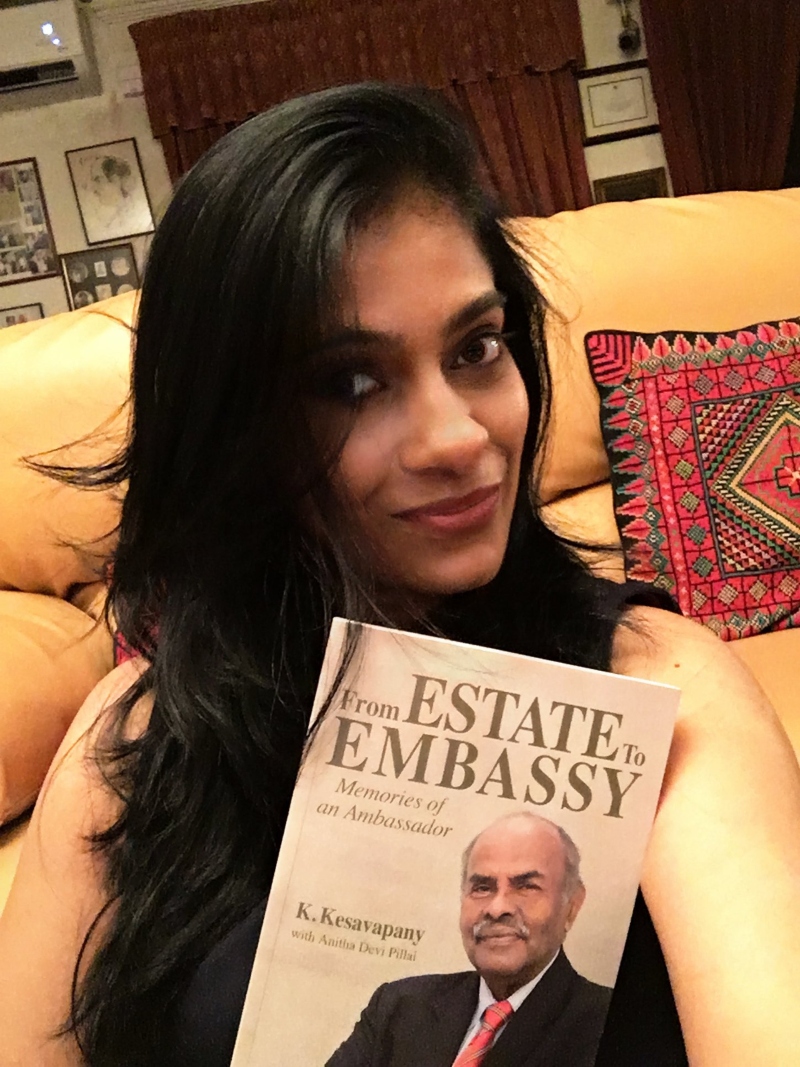
MORE PEOPLE-ORIENTATED
Under Pany’s watch, IA rose to be more people-orientated and gave more scholarships and bursaries, an area where the support started coming in from other organisations as well including temples.
The refreshing new image followed. Now Singaporean and Indian dignitaries have considered IA as the apex Indian association of Singapore. Among the local illustrious personalities who have visited the Association include Singapore’s founding Prime Minister Lee Kuan Yew, former Presidents C.V. Devan Nair and S. R. Nathan. Other illustrious overseas personalities who visited the club include Gurudev Rabindranath Tagore and the late former President of India A.P.J. Kalam Azad.
Pany says humbly: “I’m in my early 80s, and at this age, people usually relax, do some pottery or gardening or whatever. But there is a German philosopher who said that ‘when you are over the hill you begin to pick up speed.’ That is what’s happening to me – new challenges and opportunities are emerging.”
Pany’s noble philosophy in life is to always leave once he had done what he wanted to do for an organisation. “You must learn to let go. You are done, you have finished what you came to do, just move on,” he says.
HANDING OVER GRACIOUSLY
Graciously, Pany retired from his role as IA President to an old friend, V. V. Giri. “I have been with IA for eight years, and served as the President for six years. With an enthusiastic team, I’m confident that Giri will lead the association to greater heights.”
Retirement is never a 10-letter word, definitely not in Pany’s dictionary. He says: “Whenever people ask me: ‘So Pany, have you retired?’ I say: “No, I have merely moved on.”
As well-known centenarian M. Bala Subramanion, the first Asian Postmaster General of Singapore, and former SIA President, sums up the Pany book: “This is indeed a book that will inspire the younger generation.”
“From ESTATE to EMBASSY”, will be formally launched by Singapore Foreign Affairs Minister Dr Vivian Balakrishnan on Friday (April 5) at 6.00pm at the PGP Hall, Serangoon Road. – By SURESH NAIR
- Suresh Nair is a Singapore-based journalist who ranks Kesavapany’s recounts as one of the best ambassador-memoirs, written by a Malaysian-born plantation lad who sparkled to be one of Singapore’s distinguished diplomats.





